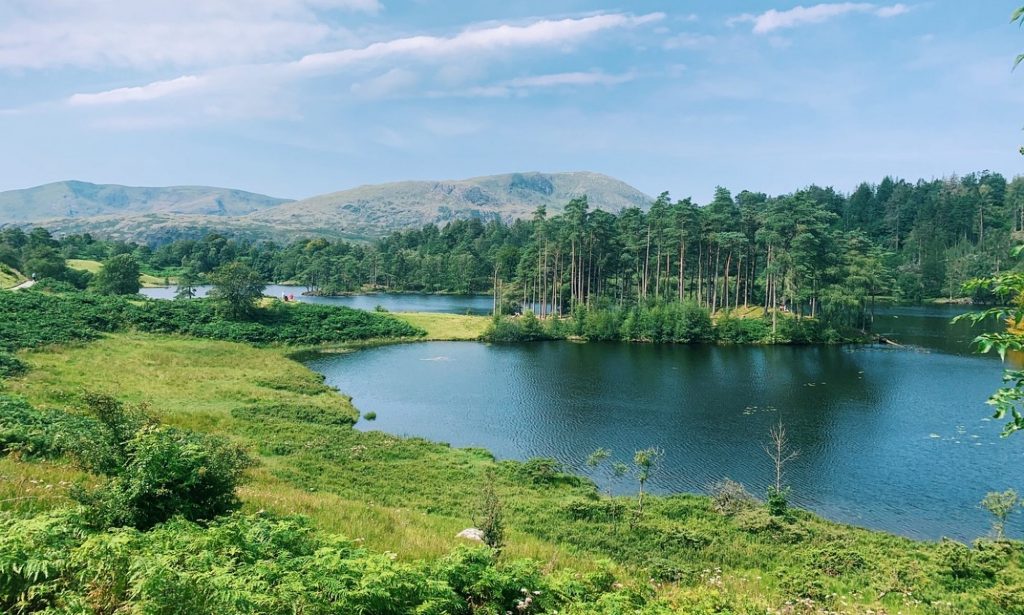After presenting my research for Project 5 – The Change I Want To See… in my tutorial, I have developed a series of next steps to take, as a result of analysing and reflecting on the feedback I received.
FEEDBACK:
Addressing The Hospitality Arena:
It was raised through discussion in feedback after my presentation that I need to ensure I am constantly checking myself for how I am approaching the arena of hospitality. I am aware that I have been almost subconsciously grouping the different hospitality sectors together as one unit and looking to tackle them all through one collective approach. However, I recognise this is not the most effective way to make meaningful change in the sector.
Therefore, moving forward I am going to ensure I treat the different parts of the hospitality sector accordingly and identify the necessary changes needed for each area. I will utilise engagement with my stakeholders to identify which hospitality sector is the most necessary and appropriate to create change in first, with a view that my model could be upscaled to other areas of hospitality in the future.
Including A Measure Of Social Interaction In My Question:
It was raised that I needed to include a measure for social interaction in my question. Naturally, due to improving wellbeing being the aim of evoking social interactions in hospitality spaces, it is only right that this is introduced into my question as a unit of measure. For instance, the quality of the social interaction may be judged upon how the individuals wellbeing improved?
Be Aware Of The Focus Of Hospitality Being To Sell Food And Drink:
In my feedback it was brought up that the aim of the hospitality industry is not in fact to improve wellbeing, but to sell food and drink. Therefore, I must keep this in mind when trying to get stakeholders in the hospitality industry to see the need for natural structures and products in their spaces; for instance if the natural structures aid the sales of food and drink.
From this discussion it also made me think, it could be argued that a focus of some hospitality spaces is in fact to host social interactions, as socialising is a key factor drawing people to visit the spaces. Subsequently, this ethos could be used to help promote the use of natural structures in spaces if they are proven to evoke such interactions?
Additionally, there is an argument that hospitality spaces that are aimed at healthy living/ lifestyle are also focused upon improving wellbeing, so they may also be good spaces to get behind the campaign of intrinsically linking nature into hospitality spaces.
NEXT STEPS:
- Further engage with stakeholders:
- Utilise this engagement to identify the exact arena and scope of the change I wish to see.
- Narrow the focus of my arena:
- Inside or Outside?
- Which aspect of hospitality to target?
- Consider the change I want to see
- How this will adapt and change due to feedback and the needs of stakeholders
- What type of change may be more effective? – product or consulting? (this may be more how change will be made and so can be explored further in Project 6)
- Trigger greater research from the thoughts raised by stakeholders
- Find digestible, visual ways to present my findings

